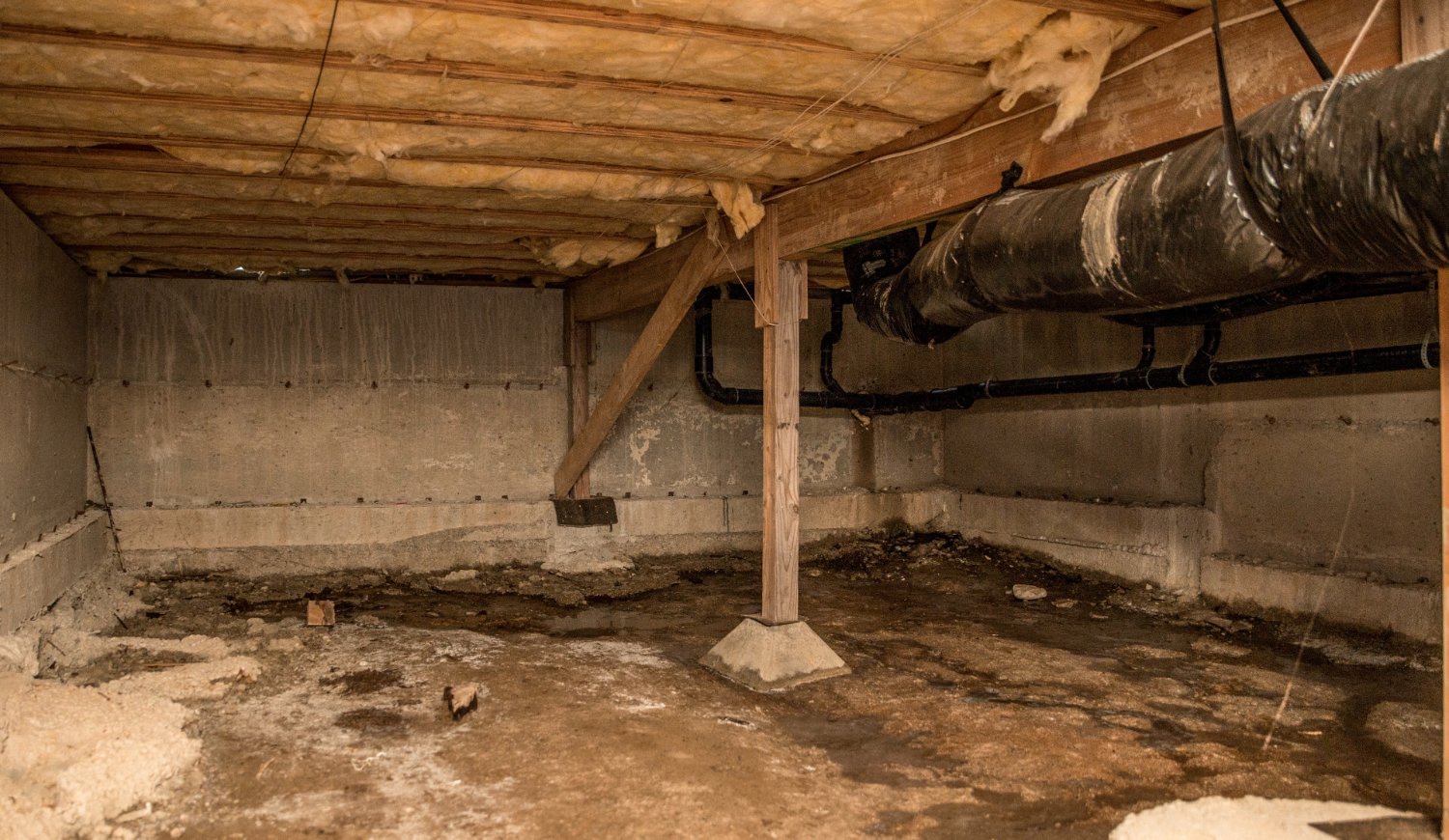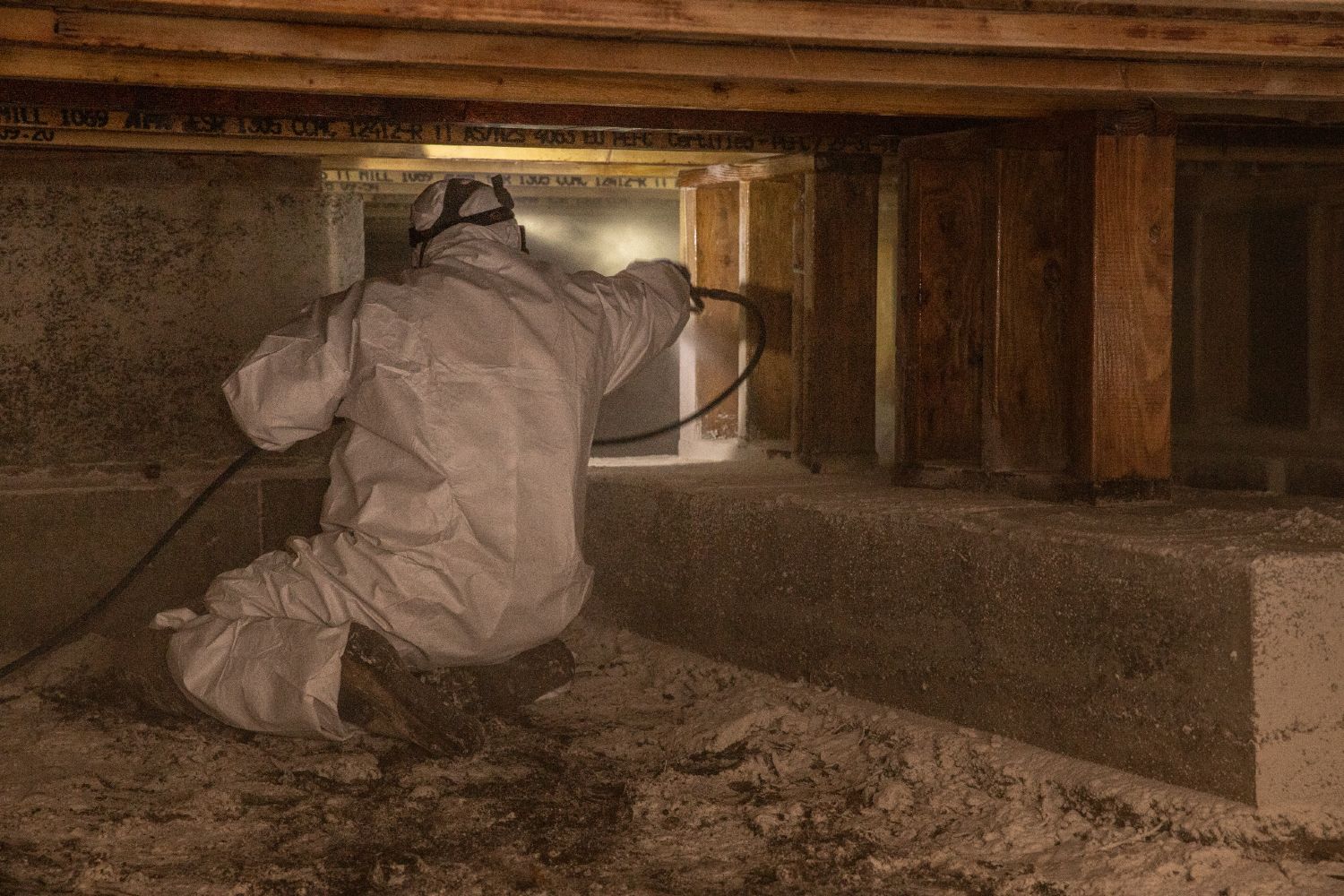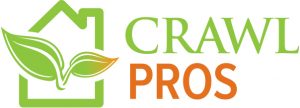
Due to the region’s damp climate and traditional construction methods, crawl spaces are commonly found in homes across Washington, Oregon, and Idaho.
When not properly tended to, crawl spaces are known to be vulnerable to weather-related damage such as water leakage, flooding, and mold growth. To maintain a clean crawl space, the house must be properly sealed and maintained over time.
Read on to discover how to address mold in your crawl space and why hiring a professional crawl space company like Crawl Pros can be a game-changer.
How Does Mold Grow In Crawl Spaces?
Mold in crawl spaces? It is more common than you may think! As soon as moisture enters your crawl space, there is an opportunity for mold to grow.
To understand how it happens, picture this: dark, damp, and often forgotten, your crawl space is an ideal breeding ground for mold. Mold spores float throughout the air, and when they land on the right surface (like wood, insulation, or any organic material) and find moisture, they throw a moldy party. Condensation, leaks, or even humidity can provide that moisture, creating the perfect conditions for mold to grow in your crawl space.
If you’ve found mold in your crawl space or have a hunch that there is an area of your crawl space that is prone to mold growth – you will want to tend to the issue immediately.

How To Identify Mold In Crawl Space
Spotting mold in your crawl space can be tricky. A few common signs that you may have mold in your crawl space are:
- Condensation: Excess moisture in your crawl space is the perfect place for mold to begin to grow.
- Odor: A pungent, earthy smell is often the first sign that mold is present.
- Growth: You may see patches of fuzzy mold or black spots appearing on objects, floors, or the ground of the crawl space.
- Allergies: If you, your family, or your pets are experiencing allergies or respiratory issues, you may have mold.
Dangerous Types Of Mold
There are three common types of dangerous molds found in the Pacific Northwest. You do not want these molds to grow in your home.
Aspergillus is very common both indoors and outdoors, so most people breathe in fungal spores every day. This type of mold can cause the ‘musty’ scent that is often found in household items that tend to collect moisture. Since this mold naturally grows outdoors, it is impossible to never breathe it in. This mold is typically not dangerous unless it is consumed for a long period. Individuals with weakened immune systems are likely to get sick from this mold.
Penicillium. The genus Penicillium contains over 300 species. Penicillium is best known for its growth on spoiled food. It tends to grow on organic biodegradable matter such as food that is not properly stored. This mold can be an airborne threat.
Stachybotrys chartarum is a greenish-black mold. Growth occurs when there is moisture from water damage, excessive humidity, water leaks, condensation, water infiltration, or flooding. Constant moisture is required for its growth.
Mold can raise health risks to individuals and animals in the home and can also significantly devalue your home’s worth.
What To Do If You Find Mold In Crawl Space
If you’ve found mold in your crawl space, it’s time to take action. While DIY solutions can be tempting, calling in the experts is often the best way to ensure a thorough and lasting solution.
There are several reasons why mold may be present in your crawl space:
- Improper ventilation
- Blocked bathroom vents
- Crawl space flooding
- Natural moisture generated in all homes
- Groundwater
The first step to elimination is identification. If you can identify probable reasons for the mold growth in your crawl space, you are off to a good start.
Mold Removal & Remediation Process
The Mold removal and remediation process is taken seriously by professional crawl space experts. It is important for anyone entering a moldy crawl space to be properly dressed and wear protection on their face to avoid breathing in the mold. Technicians will take the following steps:
- Assessment – identify the mold and the root cause of the growth.
Containment – seal the area of mold growth off to reduce the spread of mold during the removal process. - Removal – remove the mold from the crawl space.
- Cleaning – crawl space cleaning must be completed to ensure all mold is removed from the area.
- Prevention – By identifying the root cause of the growth and examining the structure of the crawl space, the technicians will suggest a preventative strategy to keep mold out of the home.
Watch a video here to see what the mold removal and remediation process looks like.
Contact Crawl Pros For Crawl Space Services in Seattle & Portland
If you’re dealing with mold in your crawl space, you are going to need professionals to tackle the issue. Look no further than Crawl Pros. Our team of experts is committed to providing the most effective solution for the issue and will provide customer service with courtesy and consideration.
Our team services homes all across the Greater Seattle area and the Greater Portland area. Give us a call today to learn more about our services or schedule a free estimate. We look forward to helping you maintain a clean and safe home.

